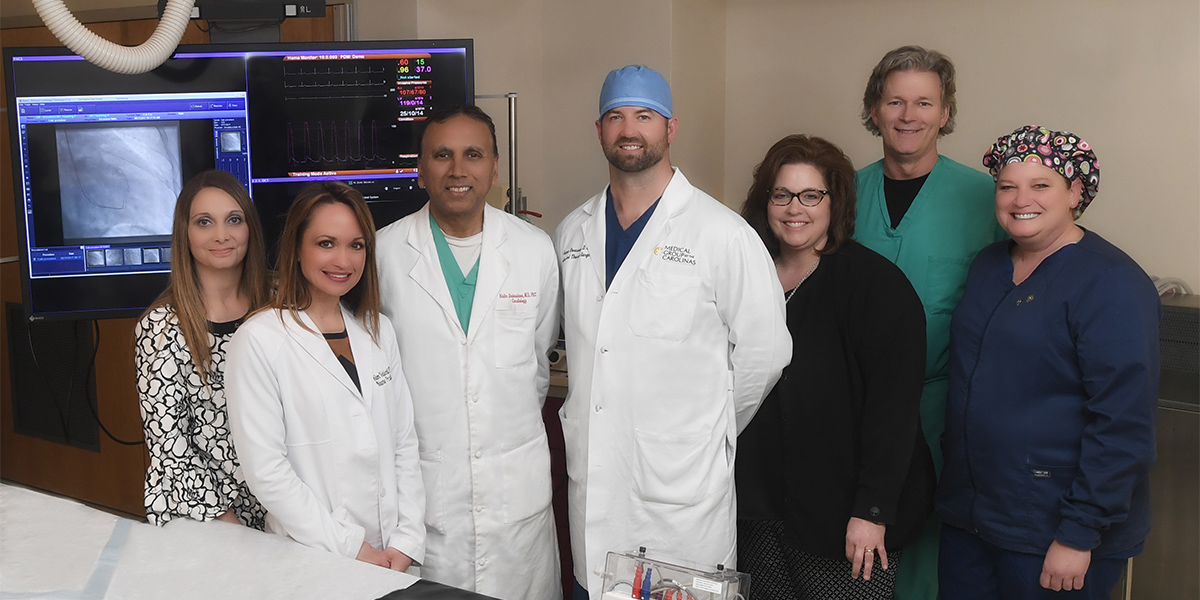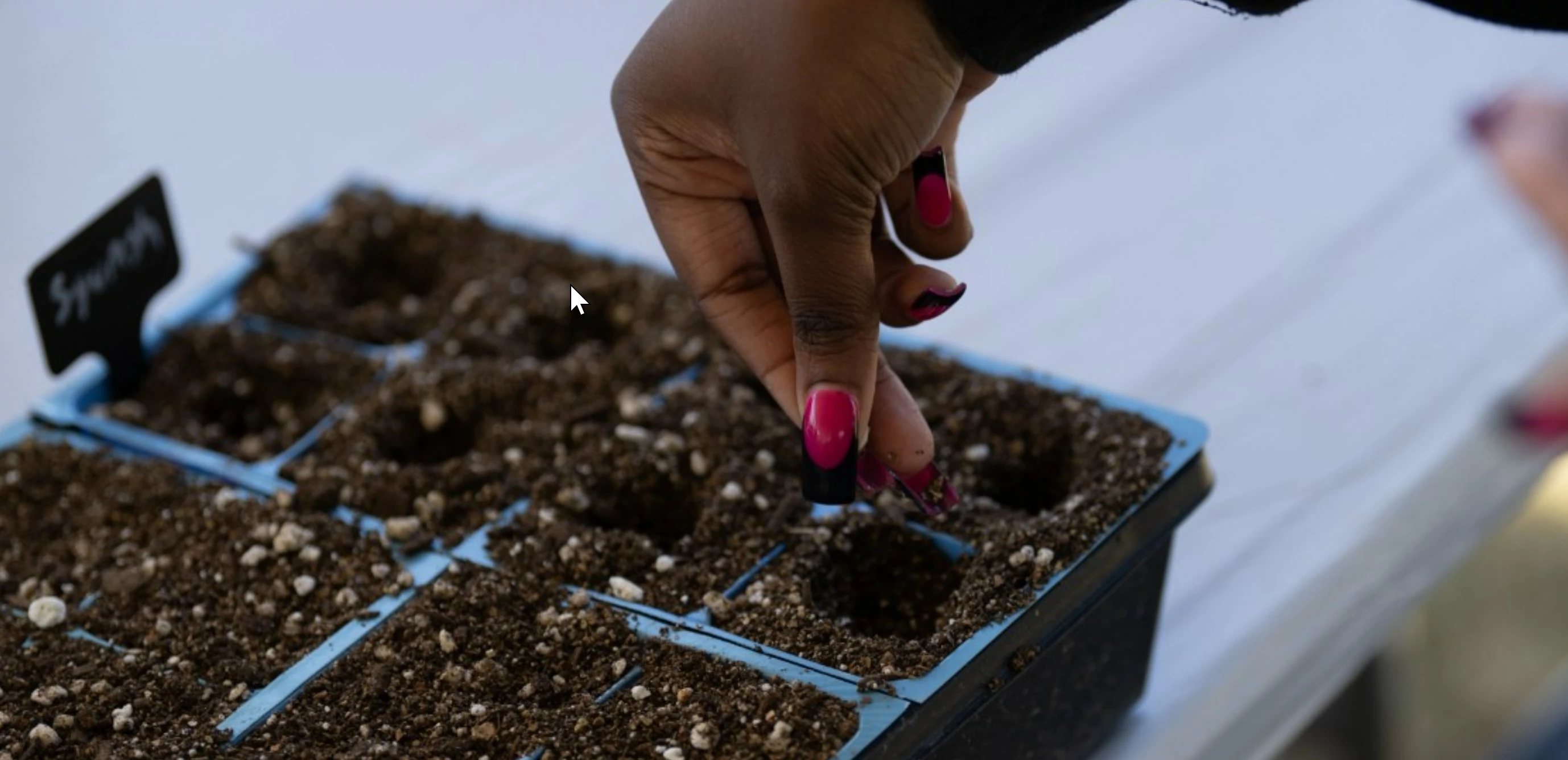
New treatments for structural heart conditions
For some patients, having open-heart surgery can be risky. Now, thanks to new technologies and proven methods, patients who visit Spartanburg Regional Heart Center have choices.
New treatments offer new hope
Structural heart conditions include holes in the heart, birth defects, valve problems and aneurysms. Recent decades have seen major advances in treating these problems. Qualified patients at the Heart Center can now avoid more high-risk surgical procedures or be treated for a condition that was once considered inoperable.
Helping structural heart conditions
Spartanburg Regional Heart Center is recognized nationwide as a leader in cardiac care. The Heart Center has recently added three integrated programs that can improve — and even save — the lives of people who have specific heart-related problems:
- Transcatheter Aortic Valve Replacement (TAVR) – For the patient who needs an aortic valve replacement because of aortic stenosis. The aortic valve is the valve in the heart that regulates blood flow to the rest of the body. The valve needs to be replaced if it becomes clogged with calcium buildup or if it malfunctions because of a birth defect. In the past, mild cases were treated with medicines and more serious cases needed open-heart surgery. Today, the Heart Center can replace the aortic valve through a catheter, which is much less invasive and offers the patient a much shorter recovery time. The valve is about the size of quarter when fully expanded.
- MitraClip therapy – Treats the patient who needs a repair of the heart's mitral valve because it is leaking or regurgitating (exiting blood back into the heart). The clip, which is about the size of a dime, attaches to the valve leaflets to help them close more tightly and keep the blood from backwashing into the heart. This procedure is performed using a catheter, rather than the more invasive open-heart surgery.
- Watchman – For people with atrial fibrillation (AFib) that is not caused by a heart valve problem or who need a choice besides blood-thinning medicines to help prevent strokes. The left atrial appendage (a protruding sac) in the heart often collects blood clots. Blood-thinning medicines can help keep clots from forming, but the drugs have side effects, such as bleeding a great deal after a cut. Watchman is an implanted device that seals off the appendage and keeps blood clots from collecting and escaping into the body where they could cause a stroke. This procedure is also delivered through a catheter, rather than open-heart surgery. It allows the patient to stop using blood-thinning medicines that can cause excessive bleeding.
Return to better health
The new structural heart procedures at the Heart Center launched in August 2017. Since day one, the Heart Center has made sure all staff is properly trained and that best practices are carefully followed.
Kim Valenti, NP, coordinator of structure heart services at Spartanburg Regional, says a safe and successful treatment for each patient is the No. 1 priority.
“Each patient gets a high level of personal attention. When a patient is referred to our program, I meet with them to discuss their choices and treatments,” she said. “We talk about the fantastic team of physicians, the heart team, and what is actually going on with the patient's heart. I make sure patients know as much as possible to make the best decisions for their health.”
Among their many services, Valenti and the team:
- Schedule all pre-procedure tests and doctor appointments.
- Guide patients through the processes of each procedure.
- Educate patients about specific health problems.
- Monitor the patient's condition during treatment.
- Follow up with patients once they leave the hospital, to help make sure they recover successfully.
“Instead of open-heart surgery, these small devices are folded up, inserted into a vein and threaded into the heart for placement,” Valenti said. “People are able to get back to their normal routines much quicker. That's the ultimate goal — to get people back to their normal lives instead of living with pain, shortness of breath and blood-thinners.”
For more information about Structural Heart Services available at Spartanburg Regional Heart Center, please contact 864-560-8133.











